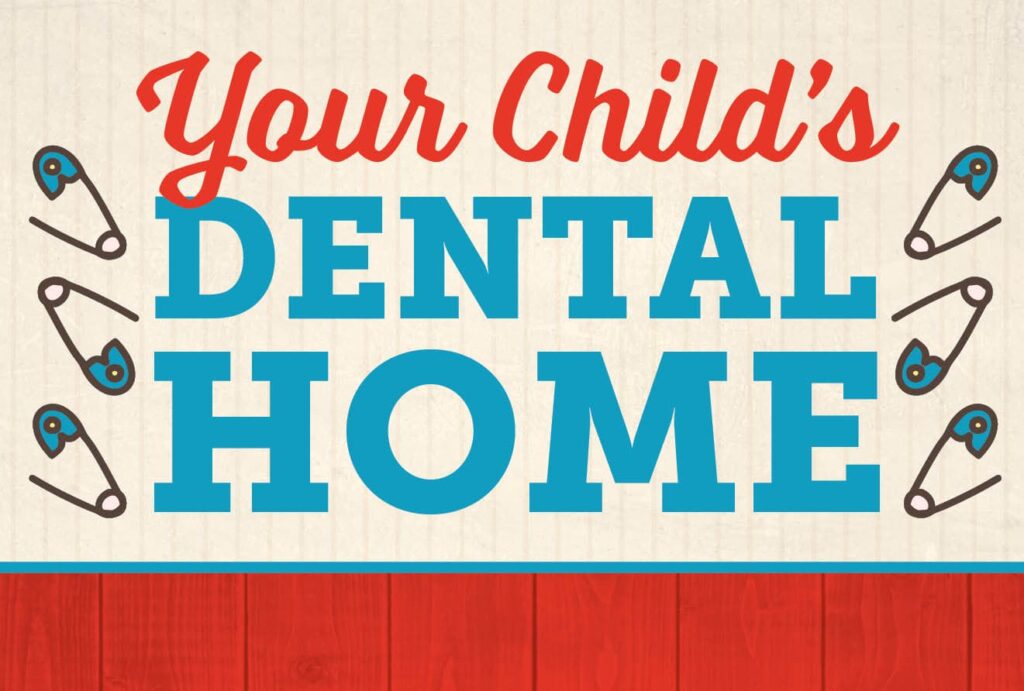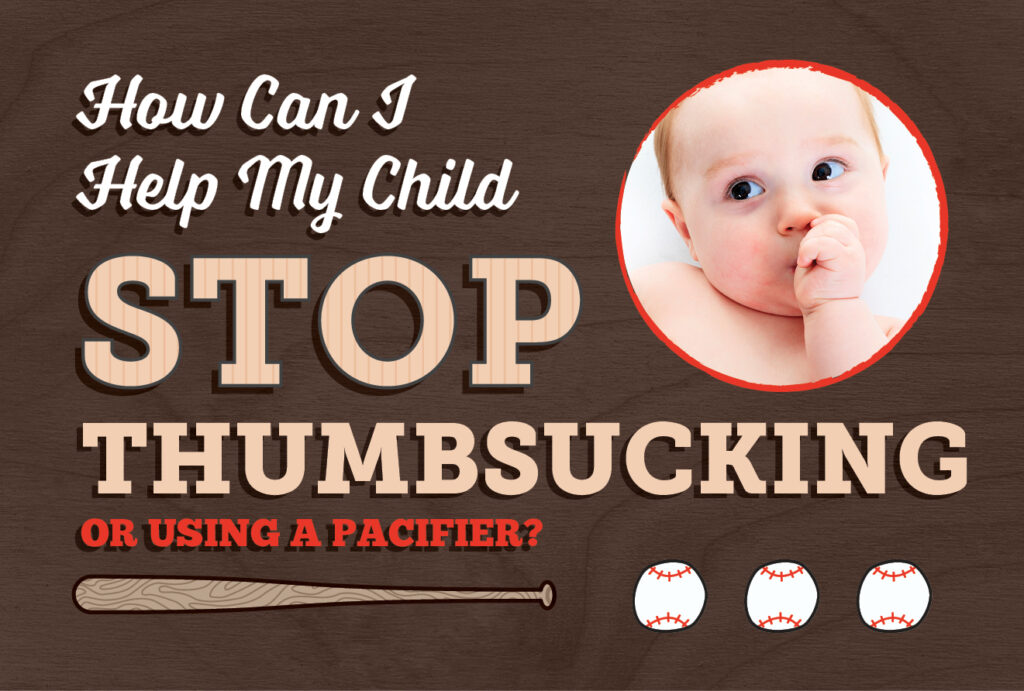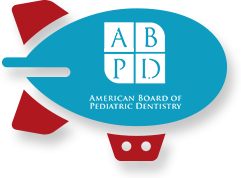What are tongue and lip ties?
August 23rd, 2021

Everyone has a band of tissue, called a frenum, which attaches the tongue to the floor of the mouth. Another frenum attaches the top lip to the gums. A tongue-tie is a condition that restricts the normal mobility and function of the tongue. Similarly, a lip tie, is caused by a frenum which restricts the lip movement.
What is a frenectomy?
Your pediatrician may recommend a frenectomy, or surgery to release a tongue and/or lip tie, if your baby is symptomatic. One example may be if your baby is struggling to nurse and not gaining weight, after consultation with a lactation consultant. There are several reasons for why a frenectomy may be recommended, and it is done on a case by case basis, taking into account the age of your child, the degree of the tie, the severity of your child's symptoms, and the desires of mom and baby. A gap between the two front teeth is developmentally appropriate and is not a reason to complete a frenectomy.
Symptoms of Tongue & Lip Ties
The La Leche League cites the following as possible symptoms of a tongue or lip tie:
A baby may:
- Be unable to latch on to the breast at all.
- Be unable to latch on deeply, causing nipple pain and damage.
- Have difficulties staying on the breast, making a clicking sound as he loses suction.
- Splutter and choke when coping with fast flowing milk.
- Breastfeed constantly to get enough milk.
- Have poor weight gain or need supplementation to maintain adequate weight gain.
- Develop jaundice that needs treating.
- Be fussy at the breast when the milk flow slows.
- Develop colic.
A mother may experience:
- Pain during feeds, with damaged nipples. Her nipple may be compressed or distorted into a wedge shape similar to a new lipstick immediately after feeding, often with a stripe at its tip.
- Engorgement, blocked ducts and mastitis because of ineffective milk removal.
- Low milk production because of ineffective milk removal.
- Oversupply if her baby compensates for not being able to breastfeed well by nursing very frequently.
- Tiredness, frustration and discouragement.
- A premature end to breastfeeding.
If you have questions about tongue & lip ties, please contact our office so we can address your particular concerns. Visit these pages for additional information about cleaning your baby’s teeth & gums, preventative care for your child, or schedule an appointment.



